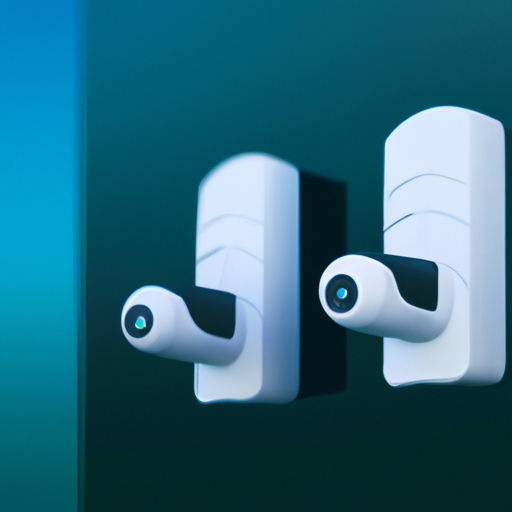 Setting up your smart home security system can be a breeze, especially if you opt for a DIY-friendly option. Manufacturers typically provide step-by-step instructions tailored to your brand and system type, so be sure to give them a read before diving in.
Setting up your smart home security system can be a breeze, especially if you opt for a DIY-friendly option. Manufacturers typically provide step-by-step instructions tailored to your brand and system type, so be sure to give them a read before diving in.
If you’re gearing up for a DIY installation, here are the general steps you’ll follow:
**Plan your system:** Before getting started, carefully map out where each component will go – from cameras to motion detectors to the central hub. Think about which areas of your home need the most surveillance and the range of your chosen sensors and cameras.
**Set up the central hub:** The central hub acts as the brain of your system, linking all your security devices together. Place it centrally in your home and follow the manufacturer’s guidance on connecting it to your wifi network.
**Install the cameras:** Position your cameras strategically to cover entry points and high-traffic areas within wifi range of the central hub. Mount them using adhesive strips or screws and then follow the instructions to link them up.
**Install the door and window sensors:** Ensure the sensor parts align when closed, attaching one part to the frame and the other to the opening section. This way, the sensor can detect when a door or window is opened and alert the alarm system.
**Install the motion detectors:** Place motion detectors in areas where you want to detect movement, like large rooms and hallways. Follow the manufacturer’s instructions on mounting height and angle, as well as how to connect them to the central hub.
**Install the smart locks:** If your system includes smart locks, swap out your existing locks following the manufacturer’s instructions. Make sure your door is compatible with the smart lock before making a purchase.
**Configure your system:** Once everything is in place, use the mobile app to adjust settings for your security devices – like motion sensitivity, camera preferences, and alert notifications.
**Test your home security system:** Trigger each sensor, check camera feeds, and test other components to ensure everything is communicating correctly with the central hub.
**Set up monitoring and automation:** If your system offers monitoring services or automation features, you can manage them through your mobile app.
With these steps under your belt, you’ll have your smart home security system up and running smoothly in no time!